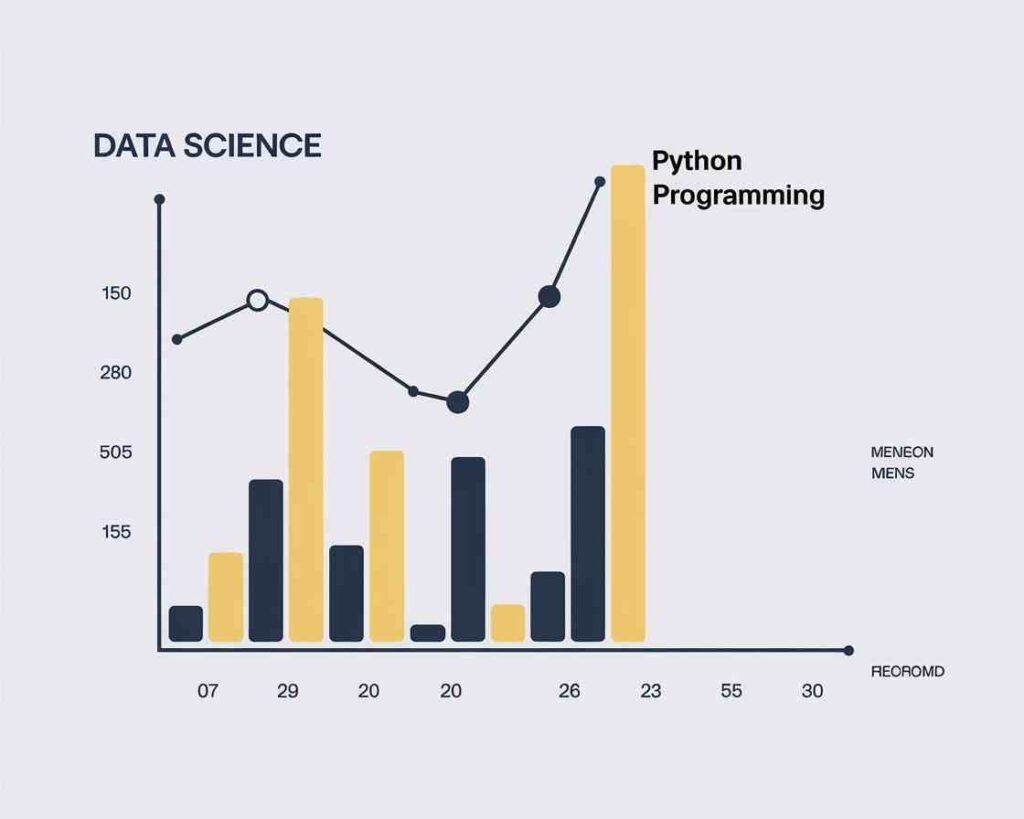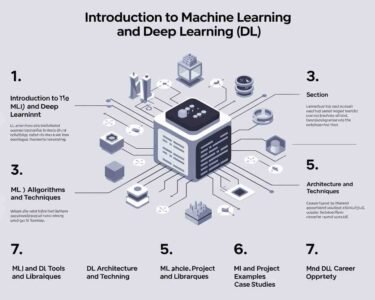Choosing the Right Programming Language
Deciding to work in data science or machine learning is a strong career choice. Many people are unsure which programming language to learn first, and my suggestion is to start with Python or R without hesitation. If you enjoy programming, Python is an excellent choice.
Understanding Language Basics for Data Science
All programming languages can accomplish similar tasks; the main differences lie in writing style and syntax. Learning one language thoroughly will help you understand the fundamentals of others. However, each language has specific advantages for different fields. For instance:
- Web Development: JavaScript, PHP
- App Development: Java
- Data Science and Machine Learning: Python/R
Python is especially advantageous in data science because of its extensive libraries and built-in functions, which save time compared to other languages.
Why Python Is Recommended for Data Science
Python’s libraries simplify data handling by enabling easy creation of arrays and tables, organizing data, and generating results. These libraries can be a time-saver for tasks that would be complex in other languages.
Core Programming Skills Required for Data Science

A strong grasp of programming fundamentals is essential to work in data science. This includes knowledge of:
- Loops
- Conditions
- List
- Set & Dictionary
- Pointers
- Function Creation
- Object-Oriented Programming: Polymorphism, encapsulation, file handling, inheritance
Important Python Topics for Data Science and Machine Learning
Some core topics in Python for data science include:
- Lists
- Sets
- Tuples
- Dictionaries
These data structures allow you to organize and manipulate data effectively, providing confidence as you solve problems and work with data.
Essential Python Libraries: NumPy and Pandas
Two critical Python libraries for data science are NumPy and Pandas. NumPy enables array manipulation, while Pandas provides tools to organize and analyze data in structured ways. By mastering these libraries, you can easily manage data for analysis.
In summary, this level of Python knowledge provides a strong foundation for starting in data science.




